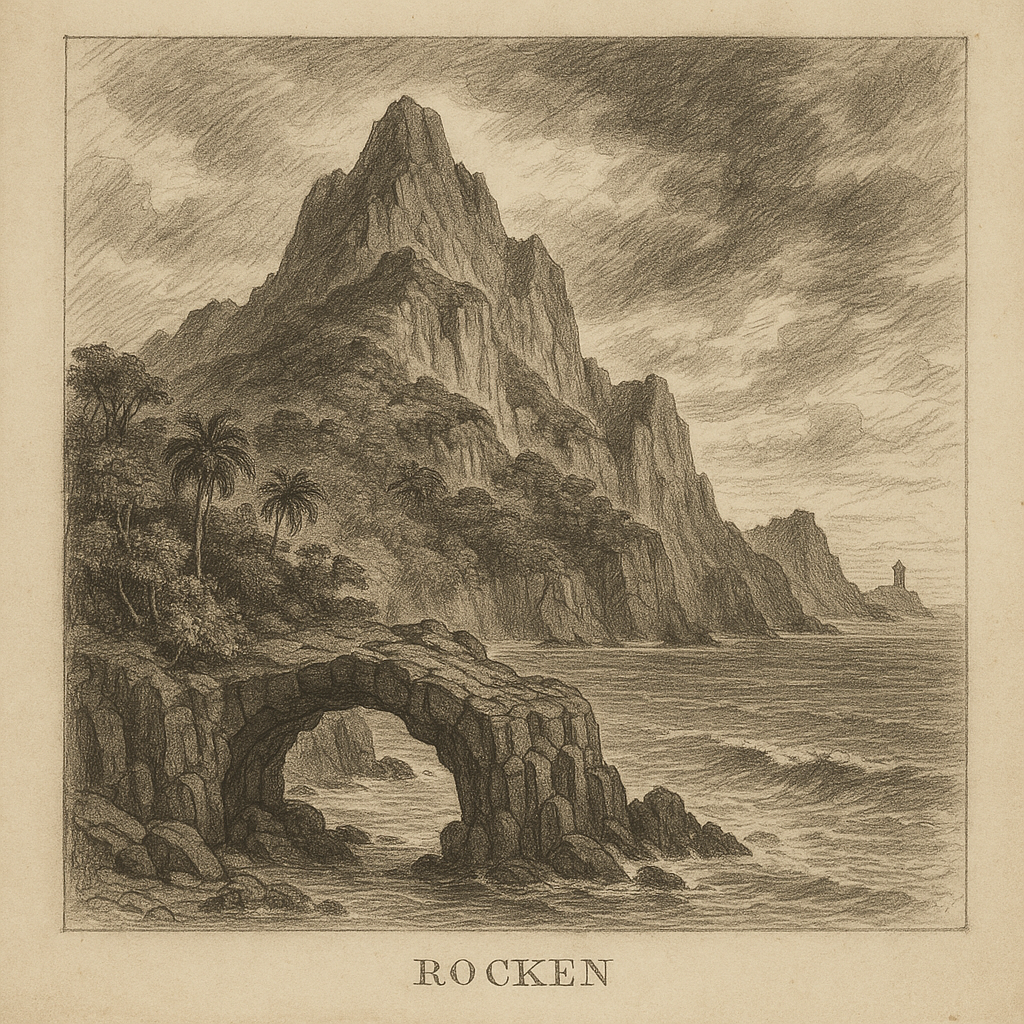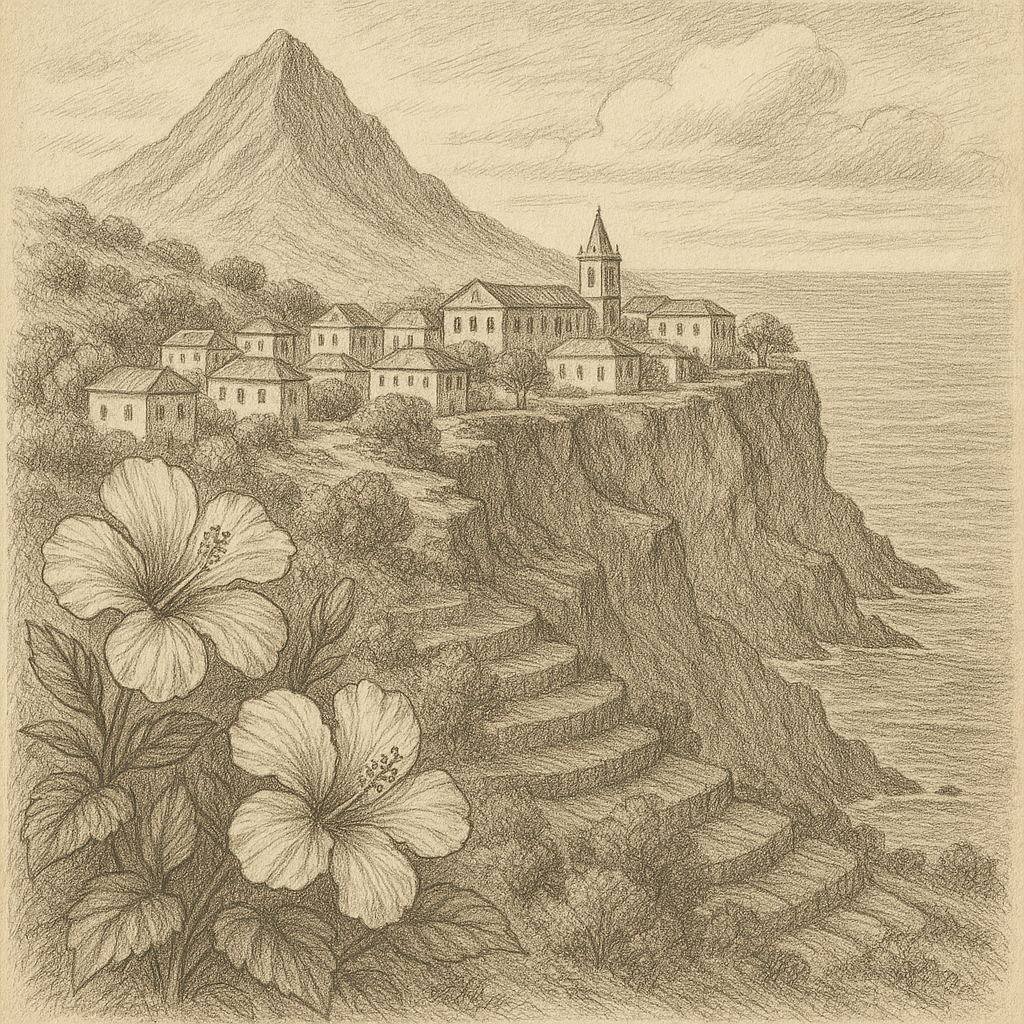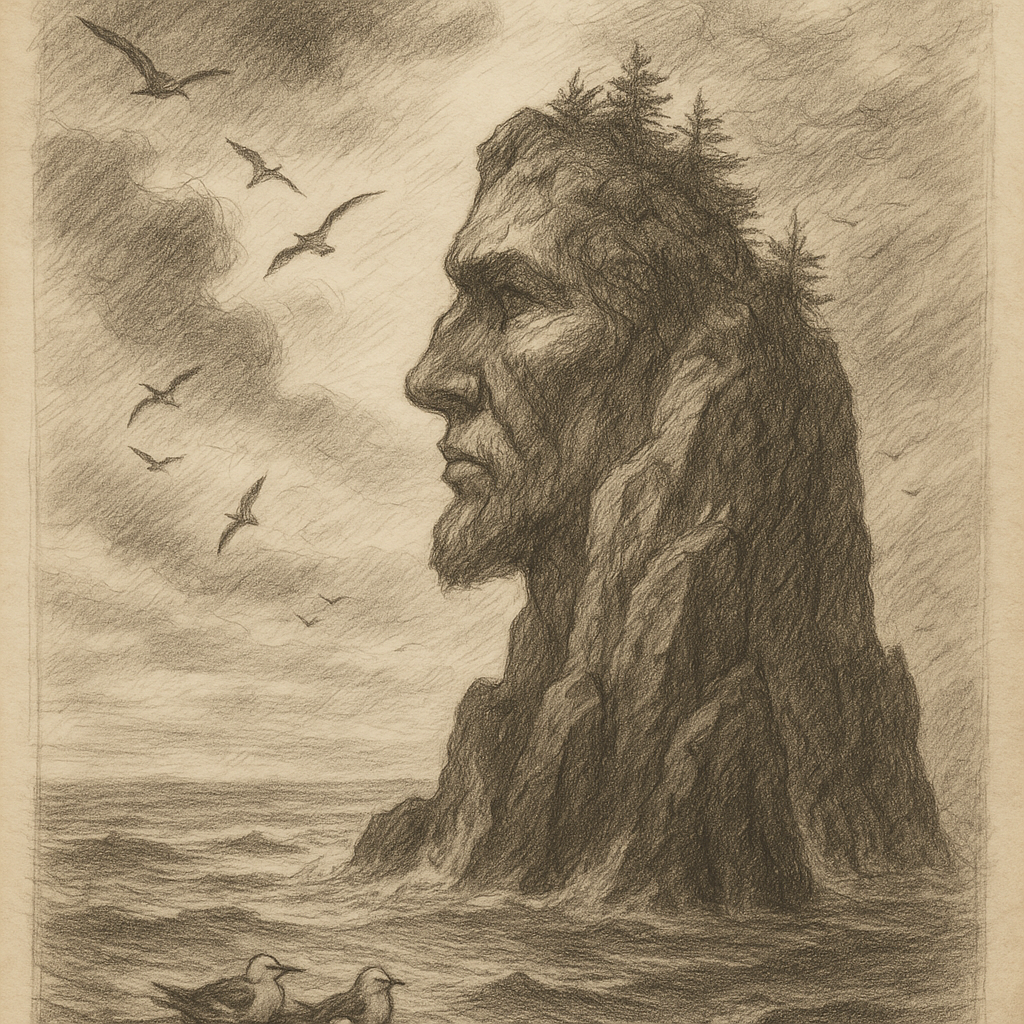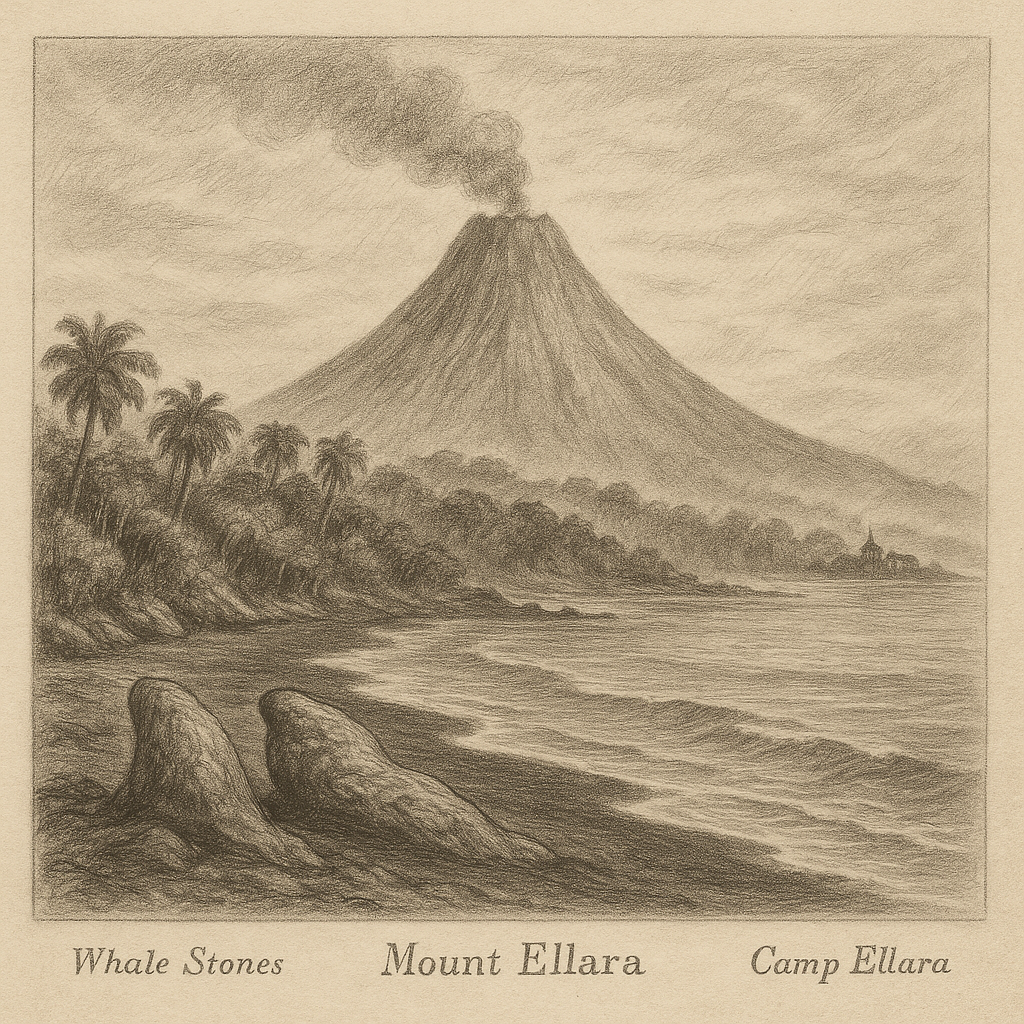Introduction Rocken Island lies far from major shipping routes and human habitation, a remote and rugged outpost in the vast expanse of the South Pacific Ocean. Known for its steep cliffs, dramatic volcanic landscape, and isolation, Rocken Island has captured the imagination of explorers, scientists, and storytellers alike. Despite its small size, the island possesses a wealth of natural beauty, ecological diversity, and cultural intrigue. Geography and Location Rocken Island is positioned approximately 1,200 kilometers southwest of Hawaii and nearly 950 kilometers northeast of the Marshall Islands. It occupies a lonely spot on the Pacific Plate, near the edge of a deep-ocean trench known as the Rocken Trough. Measuring just 6.9 square kilometers, the island is largely uninhabited and difficult to access, with jagged coastlines and limited safe landing points for small boats. The terrain is mainly composed of volcanic rock, with its highest point—Cape Vulcanus—reaching an elevation of 412 meters above sea level. The terrain is uneven and often unstable due to seismic activity in the region. A dense canopy of native shrubland and tropical forest blankets the interior, hiding deep ravines and ancient lava tubes. Geological Origin Rocken Island is of volcanic origin and forms part of a long-disbanded archipelago on the edge of the Pacific Ring of Fire. Geological surveys indicate that the island sits atop a dormant submarine volcano, whose last recorded eruption likely occurred more than 8,000 years ago. Layers of basalt, pumice, and tephra dominate the soil composition, and numerous fumarolic vents and sulfur deposits are found along the southern coastal ridge. Subduction of the Pacific Plate beneath a remnant microplate to the west gave rise to the island’s initial formation. Tectonic movement has shaped the island over millennia, contributing to its complex geological features including lava domes, sea caves, and mineral-rich cliffs. Climate and Biodiversity Rocken Island experiences a tropical maritime climate, moderated by trade winds. Average annual rainfall is approximately 1,800 mm, with temperatures ranging from 22°C to 30°C depending on the season. Despite its small size, the island boasts a remarkable level of biodiversity. The isolation has enabled a range of endemic species to evolve—most notably the Rocken Ground Gecko (Cnemaspis rockeni) and the Scarlet-hooded Finch (Fringilla rubicauda), a small bird known for its vibrant plumage. The island is also a vital nesting ground for green sea turtles and an array of seabirds, including frigatebirds and storm-petrels. The surrounding coral reefs, relatively undisturbed by human activity, are rich in marine life such as reef sharks, moray eels, and giant clams. In 2018, Rocken Island and its surrounding waters were designated as a Marine Ecological Reserve by an international coalition of Pacific conservation agencies. Access and Human Interaction Due to its remoteness and ecological sensitivity, access to Rocken Island is strictly regulated. There are no permanent residents, and the island has never supported a sustainable human settlement. Only authorized researchers and conservation personnel are permitted to disembark, typically arriving on chartered scientific vessels or by helicopter during brief weather windows. Visitation permits are issued under exceptional circumstances and must be coordinated with regional authorities tasked with ecosystem preservation. In 2016, a temporary research station was established on the northern plateau to monitor climate change impacts and invasive species progression. Efforts are underway to eliminate non-native goats and rats introduced in the early 20th century by passing ships. These eradication campaigns aim to protect the island’s fragile flora and fauna and are supported by international wildlife organizations. Interesting Facts – Rocken Island is one of the least light-polluted locations in the Pacific, making it an ideal site for astronomical observation. On cloudless nights, over 6,000 stars are visible to the naked eye. – The Rocken Lava Arch, a naturally occurring basaltic bridge on the island’s eastern coast, spans over 35 meters and is a rare geological formation in the region. – A unique species of glow-in-the-dark fungi—Mycena rockeni—was discovered on the island in 2004 and is currently being studied for its potential medicinal properties. – Despite its dangerous cliffs and volatile weather, Rocken Island has attracted over a dozen independent adventurers attempting to land without official permits, leading to multiple rescue operations. Legends and Lore Rocken Island has long been shrouded in mystery. According to oral histories passed down by seafaring communities from the Micronesian region, the island was once the resting place of the “Stone Watchers,” ancient guardian spirits who protected the waters from invaders. Local myths speak of glowing stones that line the inner caves—said to be the eyes of the Watchers, blinking in unison during storms. One of the most persistent legends involves a ship called the “Nightingale,” which allegedly ran aground on Rocken’s western coast in 1832. Survivors reputedly found a freshwater spring and lived on the island for months before being rescued. No solid evidence of the Nightingale has ever been found, though fragments of 19th-century ceramics continue to be discovered buried in the cliffs. Modern tales talk about eerie acoustic phenomena—whispers and music-like tones heard during windstorms. Scientists attribute this to the island’s unique rock formations acting as natural resonators, but the legends persist, adding to the island’s enigmatic allure. Conclusion Rocken Island stands as a remarkable testament to the raw power of nature and the enduring intrigue of solitude. Its dramatic landscape, rich biodiversity, and cultural mystique make it a singular location in the Pacific. Though largely inaccessible and strictly protected, Rocken Island continues to draw attention from scientists and storytellers alike—offering a window into the Earth’s geological past and the compelling narratives that remote places inspire.

Rocken Island
Do you like my work? Buy Me A Coffee
Do you like my work? Buy Me A Coffee
-

Brava Island
Brava Island: The Secret Gem of Cape Verde Brava Island, part of the Cape Verde (Cabo Verde) archipelago, is a small, rugged island hidden in the central Atlantic Ocean. Known as the “Island of Flowers”, Brava is both the smallest inhabited island of Cape Verde and one of its least discovered by mass tourism. With…
-

Rapa Iti Minor Island
Introduction to Rapa Iti Minor Island Rapa Iti Minor Island is a remote and little-known landmass nestled in the South Pacific Ocean. Often overshadowed by its larger neighbor, Rapa Iti (also known as Oparo), this minor island is part of the Austral Islands, the southernmost archipelago in French Polynesia. Despite its small size and isolation,…
-

ITB Island
Introduction to ITB Island ITB Island, shrouded in mystery and almost entirely isolated from the modern world, is a remote island located in the far stretches of the southern hemisphere. Nestled deep within the reaches of the South Pacific Ocean, the island lies approximately 1,200 kilometers east of Papua New Guinea and 1,500 kilometers north…
by
Tags: